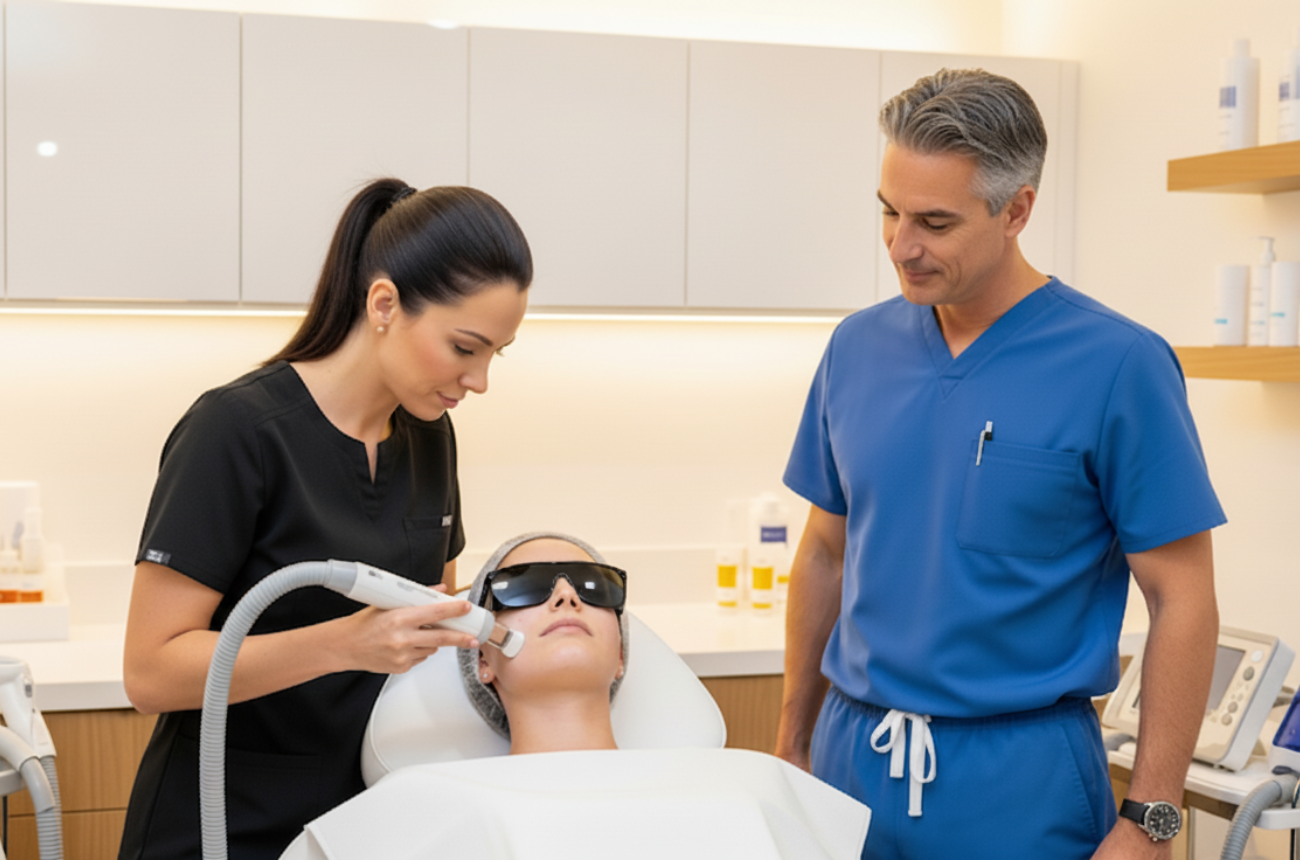A seamless onboarding flow can be the difference between a one-time visit and a long-term patient.
As GLP-1-based weight loss programs (like those using semaglutide or tirzepatide) gain traction, more patients are signing up, and asking questions.
But here’s the truth: the first 7–10 days after a patient expresses interest are the most important. That window determines whether a lead becomes a long-term, compliant patient or gets overwhelmed, confused, or ghosted.
So how do you make sure every new patient feels confident, supported, and excited, while also protecting your practice legally and clinically?
You build a structured onboarding process. Here’s what that looks like, step by step.
Step 1: Clear and Compliant Online Booking
Why it matters:
This is where first impressions are made, and where legal compliance starts.
What to do:
- Offer a clearly labeled “Medical Weight Loss Consultation” appointment type
- Include a short description: what’s included, who they’ll meet, what happens next
- Don’t promise results or guarantee prescriptions
- Show the cost (or explain if it’s billed later)
Example: “In this 45-minute consult, you’ll meet with a licensed provider to review your health history, discuss weight loss options including GLP-1s, and determine a safe, effective plan. Labs may be ordered. Prescription decisions are made based on medical eligibility.”
Step 2: Smart Intake & Pre-Visit Forms
Why it matters:
Good intake saves provider time, personalizes care, and prepares for eligibility screening.
What to include:
- Medical history (diabetes, thyroid, GI, eating disorders, etc.)
- Medication history (past weight loss treatments, allergies, sensitivities)
- Lifestyle habits (diet, exercise, sleep, stress)
- Weight history + goals
- Informed consent language (if legally allowed pre-visit)
Best Practice:
Send intake via secure portal or HIPAA-compliant form before the appointment. Auto-sync it to the EMR to avoid re-entry.
Step 3: First Visit – Build Trust, Not Hype
What happens during the visit:
- Review the intake
- Discuss weight history and goals
- Order or review labs (CMP, A1C, TSH, lipids, etc.)
- Explain how GLP-1s work (and how they’re not a magic bullet)
- Discuss side effects and titration plan
- Set expectations: sustainable, safe weight loss
- Explain next steps: labs, pharmacy, follow-up
What doesn’t happen:
You don’t guarantee results. You don’t skip documentation. You don’t gloss over risk factors.
Chart everything in your EMR using a pre-built “Weight Loss Consult” template with sections for:
- Counseling
- Consent
- Clinical judgment
- Medication plan (if appropriate)
Step 4: Lab Orders and Review
If labs weren’t reviewed during the consult, send the patient to complete them before initiating medication.
Key labs to include:
- CMP (kidney/liver function)
- A1C or fasting glucose
- Lipids
- TSH ± Free T4
- Pregnancy test (if applicable)
Your EMR should:
- Auto-generate the correct lab panel
- Notify you when results are back
- Trigger the follow-up or medication review step
- Send the patient a secure copy with a brief summary or educational handout
Step 5: Medication Decision & Fulfillment
Once the provider has labs and all eligibility info, they determine the right medication, dose, and starting point.
Two common fulfillment models:
- Patient pays the pharmacy directly — preferred by most payment processors
- Clinic collects payment and sends pharmacy fulfillment request — must follow state law and pharmacy rules
Be sure to:
- Log the prescription in the EMR
- Link the pharmacy used
- Track refills or future titration needs
- Send the patient written instructions and a “What to Expect” guide
Step 6: Support & Side Effect Monitoring
Once the patient starts the medication, this is where many clinics drop off, and it’s also where drop-off from patients begins.
Avoid that by setting up:
- Auto-reminders for 1-week and 2-week follow-ups
- A symptom tracker (nausea, constipation, fatigue)
- A quick message check-in from your support team
- Education on hydration, protein intake, and meal pacing
Your EMR should log side effects and dosage tolerability to support titration decisions later.
Step 7: Ongoing Care & Follow-Up Scheduling
Weight loss medications are most effective when patients stay engaged and supported.
Use your EMR to:
- Schedule follow-ups at 4–6 week intervals
- Auto-send pre-visit forms (“How are you feeling?”)
- Track weight, mood, labs, and med response
- Offer access to lifestyle coaching, nutrition, or adjunct therapies
- Store milestone photos or progress markers
Bonus Tip: Automate Wherever You Can
The more steps you can automate in your EMR, the smoother the experience for your staff and your patients.
Smart automation ideas:
- Auto-send new patient forms when someone books
- Trigger a “Welcome” email or portal message
- Flag when labs are missing
- Schedule titration check-ins at 2-week intervals
- Alert you when it’s time to reorder meds or revisit treatment
Final Thoughts: First Impressions Shape Retention
The best onboarding experiences don’t feel rushed or salesy. They feel medical, personal, and organized.
By taking patients through a structured onboarding process with clear expectations, educational tools, and thoughtful follow-up, you create loyal patients who stick with the plan, follow instructions, and share their results with others.
And if your EMR can support that journey end-to-end? Even better.
Want to See an EMR Built for Weight Loss Programs?
OptiMantra includes:
- Customizable intake forms
- Prebuilt charting templates
- Direct and bidirectional lab integrations
- Integrated electronic prescriptions (eRx)
- Automated tasks and CRM integration
- Patient education delivery and patient portal
Schedule a demo or start a free trial to simplify onboarding and scale your program with confidence.




